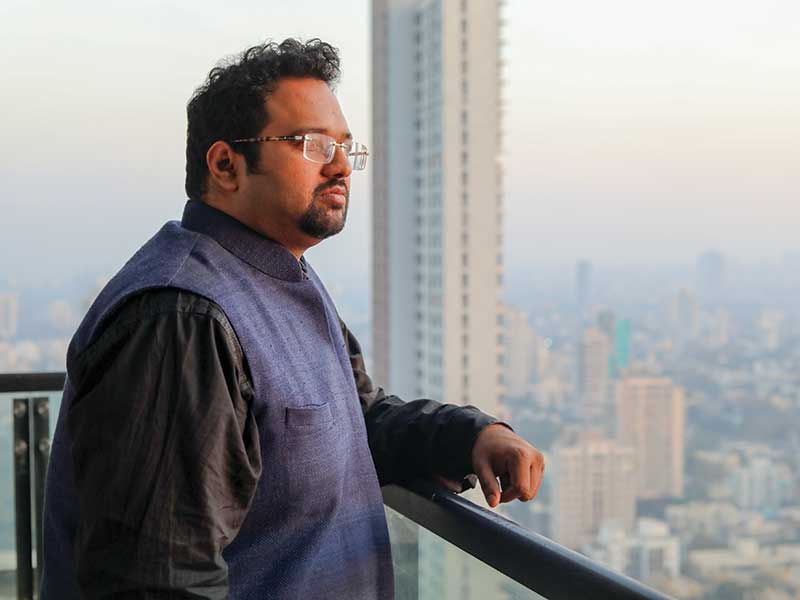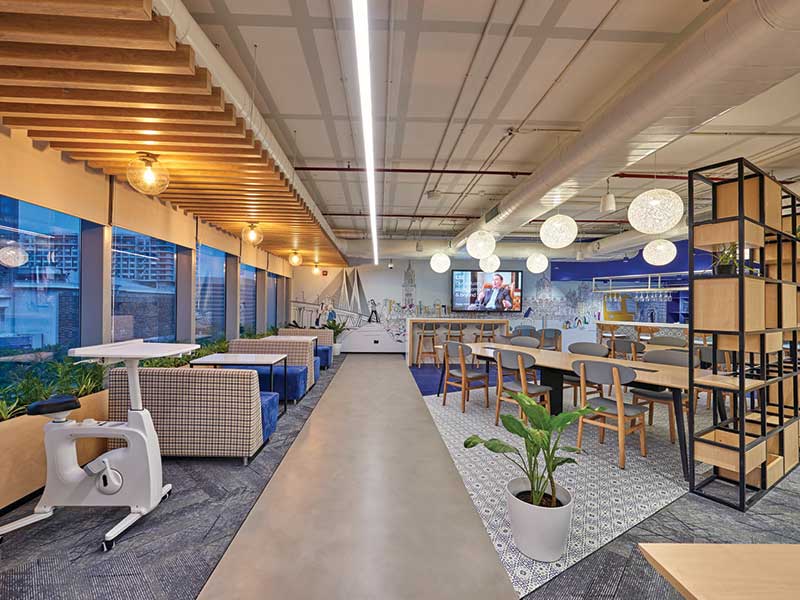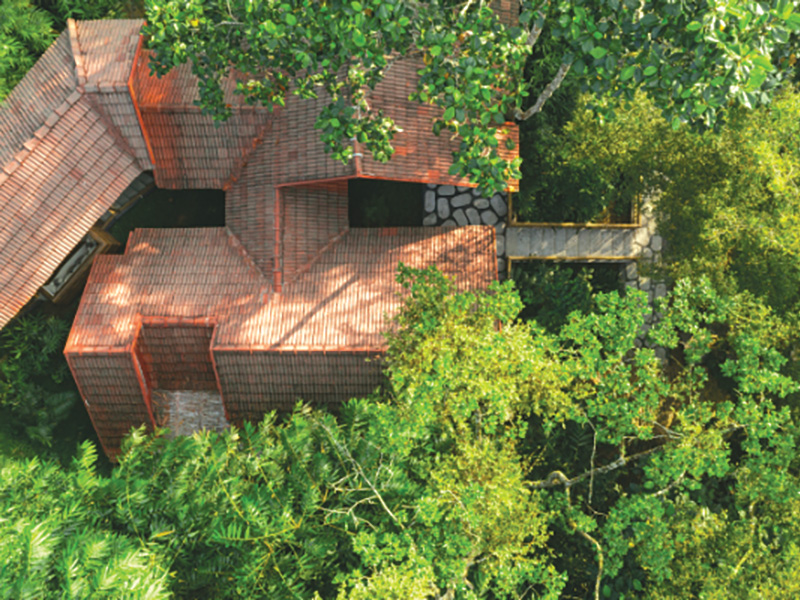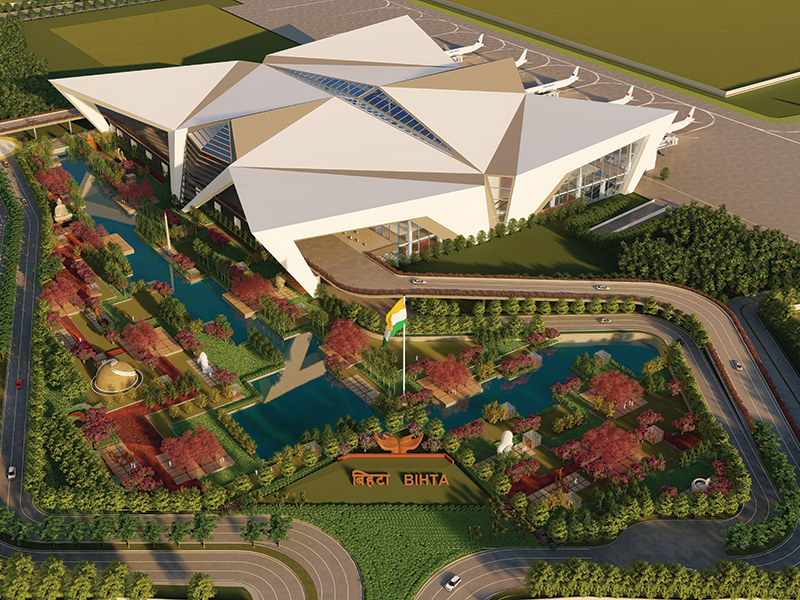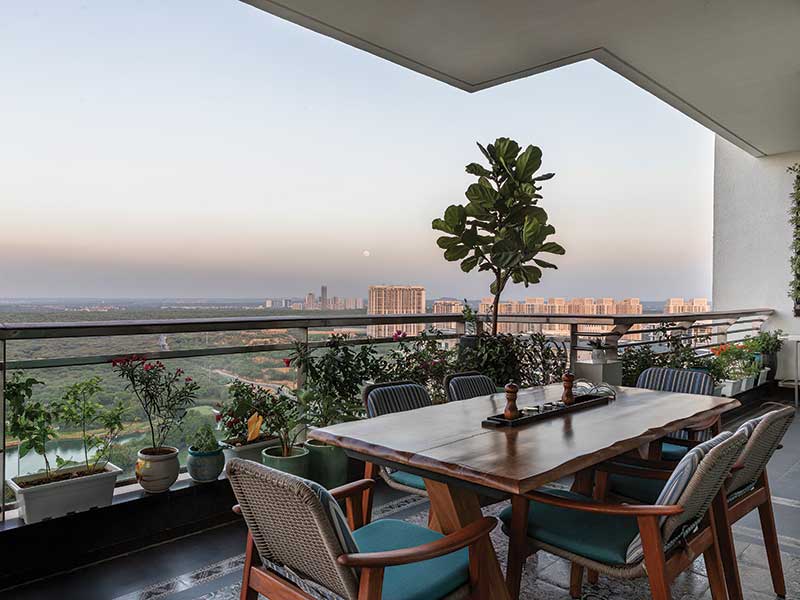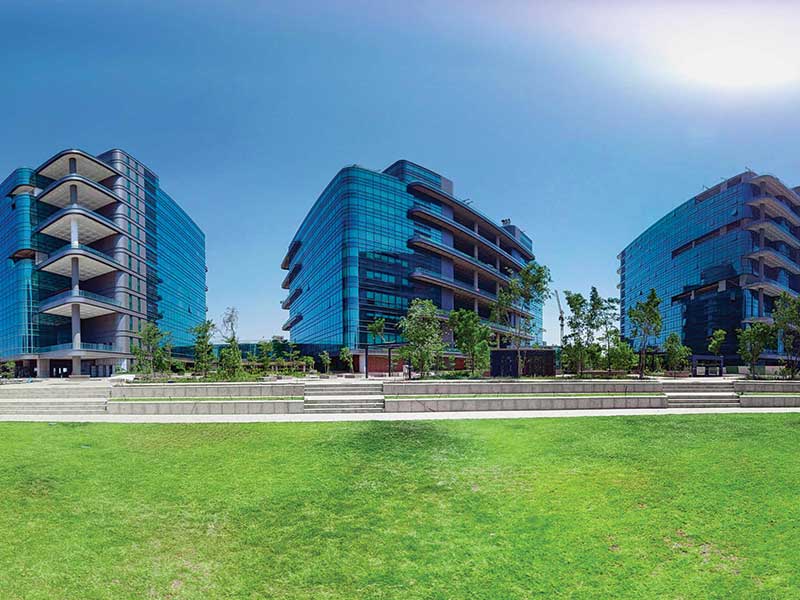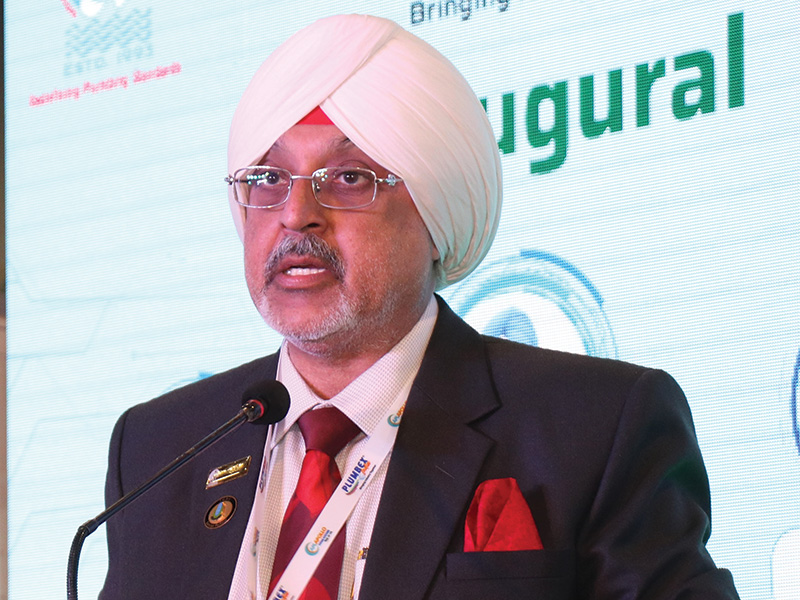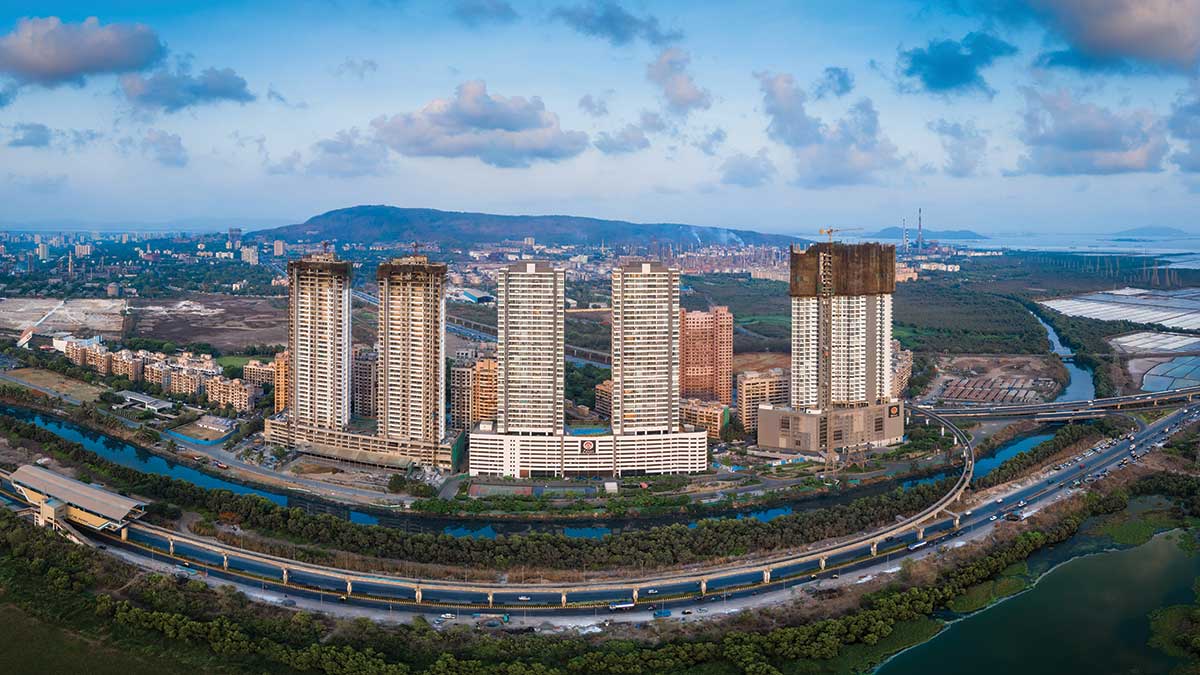
With the growing population and climate change, designing sustainably is one of the most crucial challenges faced by architects. They have to make a conscious effort to reduce the carbon footprint released by buildings by maximizing building efficiency and adapting to design ideas that harmoniously work with the surroundings of the built environment.
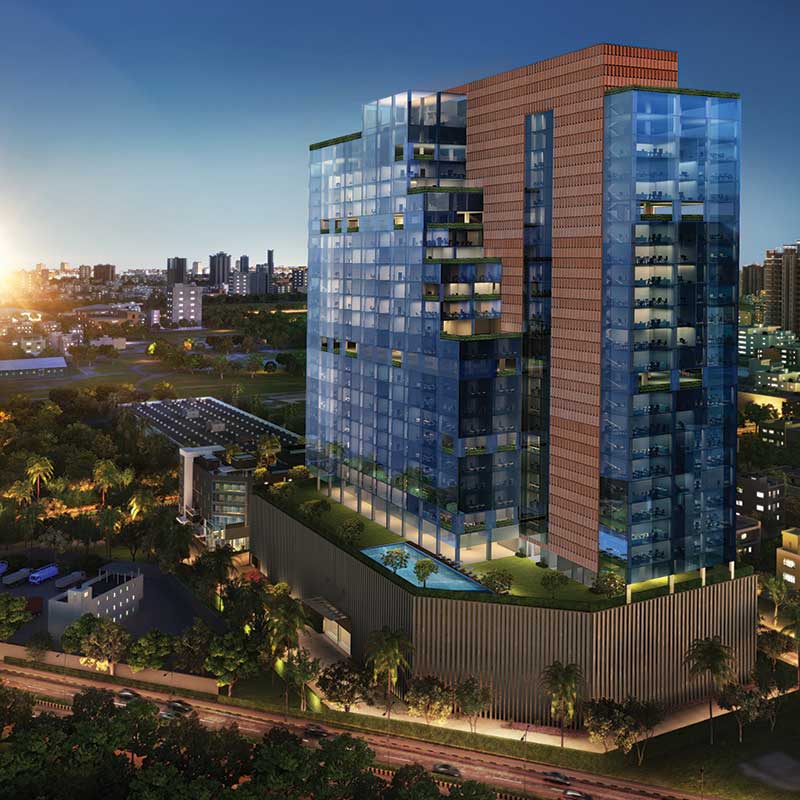
Steel as a construction material allows buildings to have a higher number of floors as per the total height ratio as illustrated in the ‘Rupa Renaissance’ project. The beams in steel structures do not go as deep as RCC to support the floor plate, which helps in achieving higher efficiency in structural construction. Steel offers little to no construction waste. With continuous innovation and production techniques of reusable steel, there is a permanent reduction in energy emissions. It has been recognized that steel’s longevity, versatility, and renewability value grant exceptional construction applications. Steel is best suited for modular construction further spurred by new technological advances.
Like Steel, Precast Concrete is environmentally sound and contributes to social responsibility. It causes minimal waste in the process of manufacturing. This is possible due to the precise manufacturing techniques used that produce less wastage.
Technological advancement and its easy adaptation towards building design parameters have allowed us to design commercial buildings for sustainable and social development. Our use of BIM for the last 15 years for all our designs has aided in delivering highly functional designs while using maximum FSI.
Technology helps break barriers in architecture & design parameters by offering unique viable solutions to complex design challenges
The idea is to follow eco-friendly design building schemes such as employing passive design strategies while considering sun orientation, climatic conditions, and management of daylight, and natural ventilation. We believe that architects should also employ active design strategies that support highly efficient electrical, plumbing and HVAC systems. We use ‘smart glass’ in structures to provide soothing interiors. While green building practices cost merely a 2% increase, they result in better energy efficiency interventions.
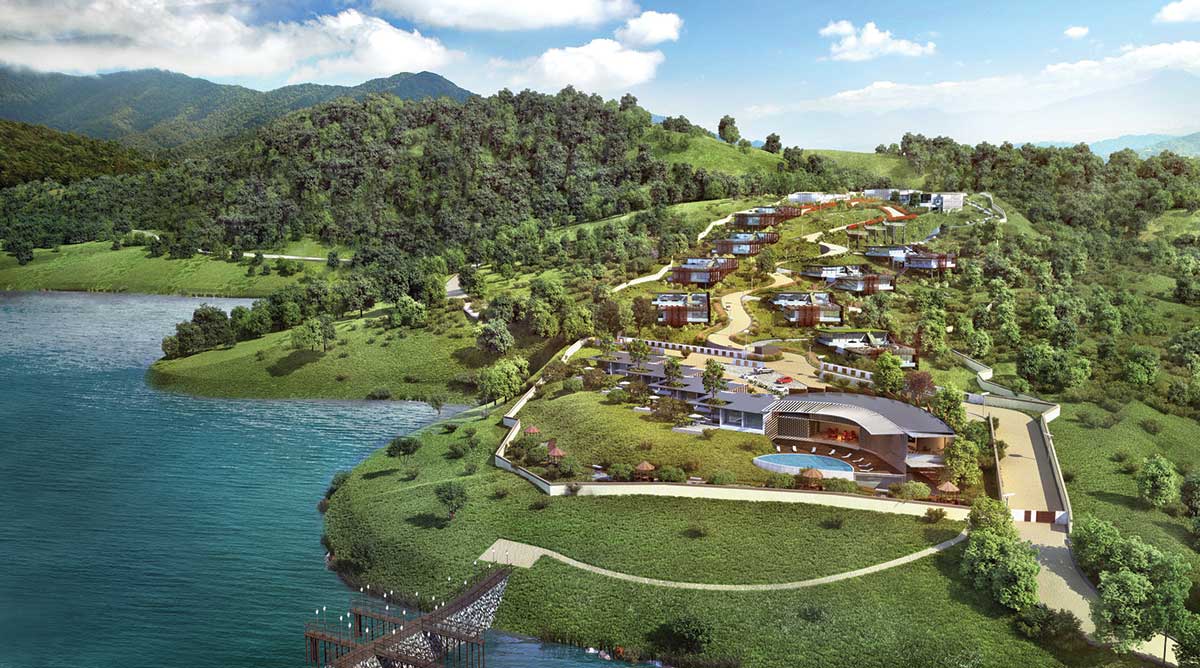
There is a deeper understanding of the importance of developing ergonomic spaces, along with a deliberate approach in building structures that emit less carbon footprint with more eco-friendly design interventions, that include minimum wastage in the spaces.
Designing schematic layouts with coherent spaces helps encourage a more environmentally conscious future in architecture. With the rising demand for spaces in urban cities, architects have to consider user-based design interventions. As architects, it is our responsibility to design for functional, sustainable, and user-interactive spaces rather than solely focusing on aesthetical needs.
